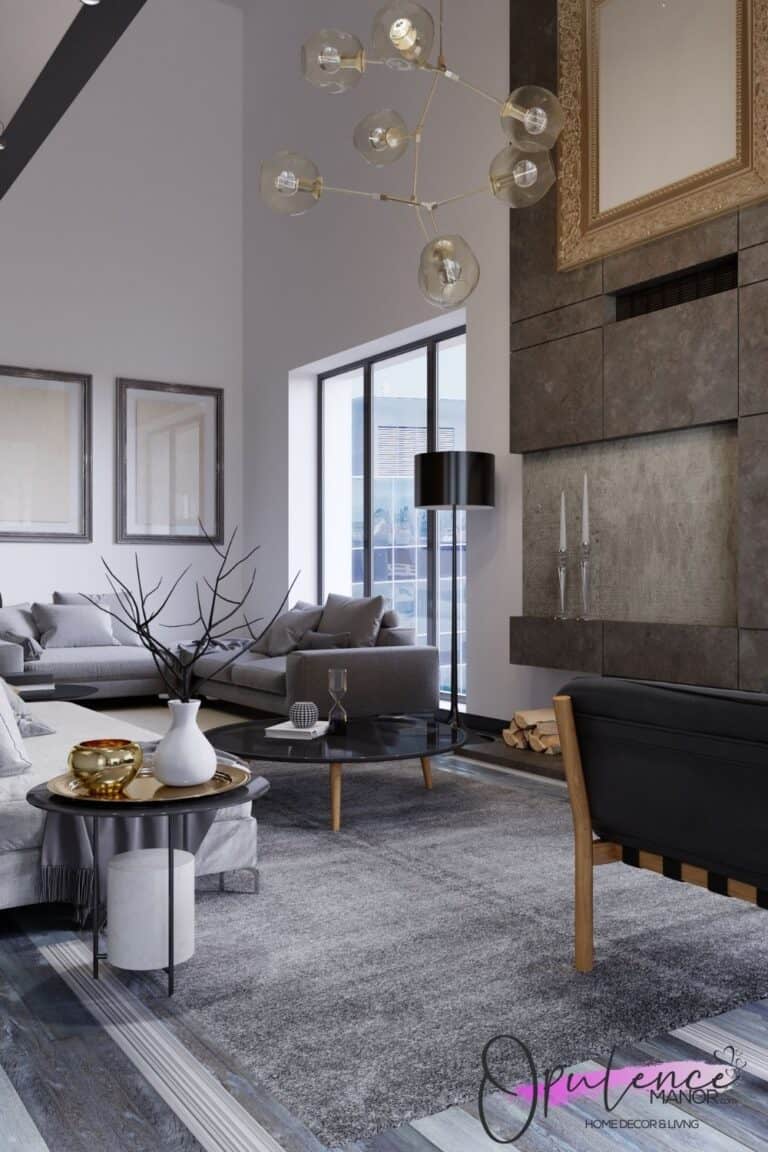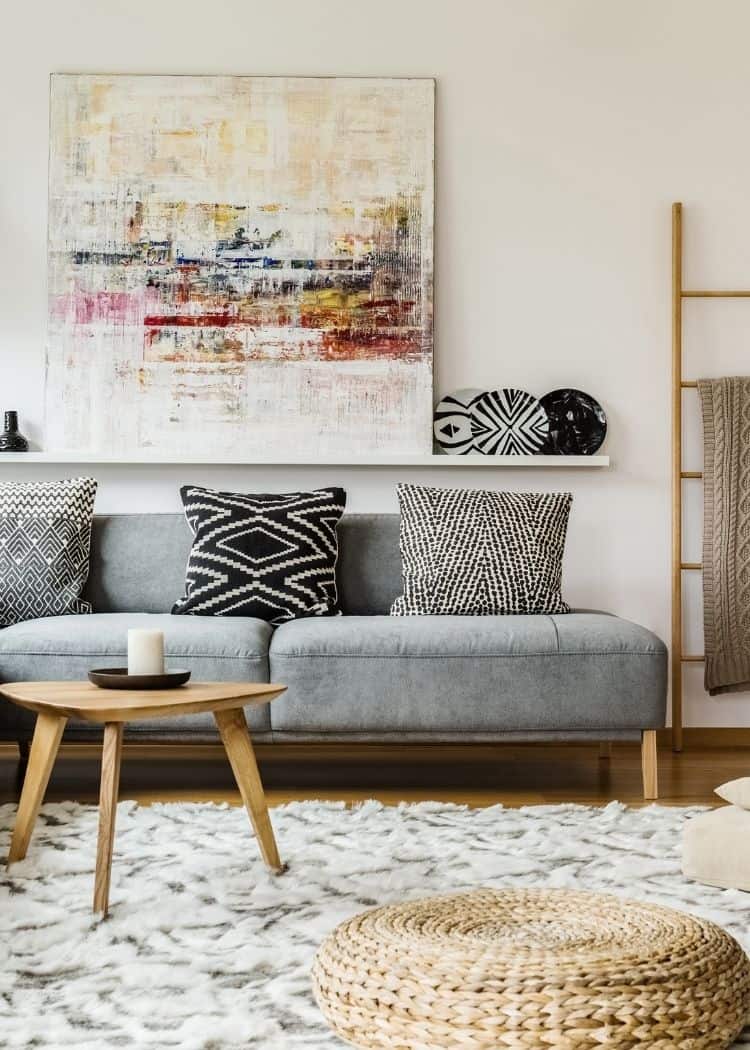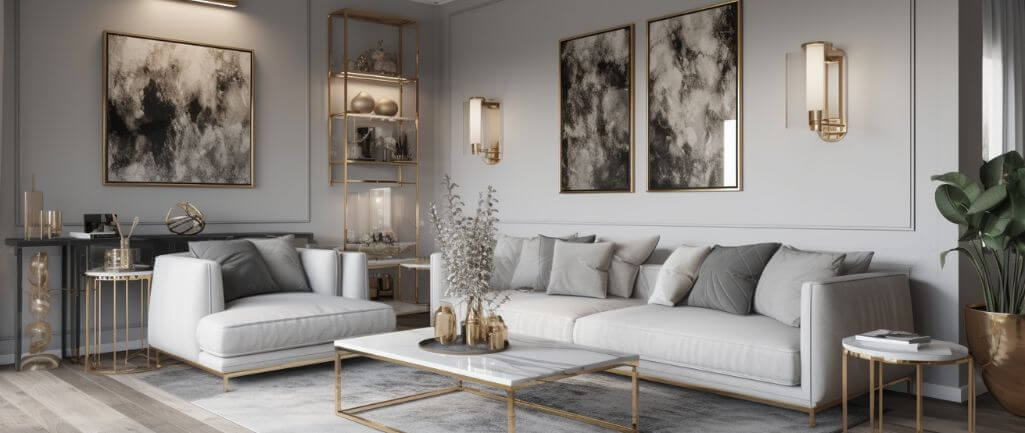
Are you planning to give your home a fresh new look? Painting your entire house can have a transformative effect, instantly revitalizing your space and setting the tone for your home’s aesthetic. With so many options available, it’s crucial to select colors that complement each other and create a cohesive and inviting atmosphere. In this blog post, we’ll explore the best whole house paint colors that will transform your space. From understanding undertones to popular color choices and neutral options, I hope to provide you with valuable insights to help you make informed decisions.
When I purchased my current home, I had a ton of colors throughout my home that had nothing to do with each other. It was in fact a hot mess. As Real Estate Broker, I should have known better, but I digress.
DISCLOSURE: This post may contain affiliate links, ie., I earn a commission if you decide to make a purchase and sometimes if you just click on a link at no additional cost to you. Please read my Disclosure Policy for more info.
The goal should focus on incorporating a whole house color palette. This will enable you to see the big picture and match colors within your color palette throughout your entire home. My home office is currently Peppercorn Gray By Sherwin Williams. I use the same color (Peppercorn Gray) as an accent wall in my dining room and in my main hallway. I’ve also opted to use Peppercorn gray as the backdrop on my covered deck patio.
Before Choosing a Paint Color
I highly suggest that you take a few moments and select the colors you want for every single room. This will help to find the best whole house paint colors for the entire home. You need to decide if you want to paint your entire space all one color; or paint key areas the same color, such as your kitchen, dining room and foyer space. If your home is an open concept home, then using a coordinating color palette in the bedrooms will make your space feel more cohesive when you use colors from the same family or complementing colors.
When embarking on a whole house painting project, it’s essential to consider a few key factors before finalizing your color choices. Here are some important points to keep in mind:
Understand Your Vision: Before diving into the world of paint colors, it’s essential to define your vision for your home. Consider the overall ambiance and mood you want to create. Are you looking for a serene and calm environment, or do you prefer vibrant and energetic spaces? Understanding your desired outcome will help you narrow down your color options.
Create a Unified Color Palette: Creating a unified color palette is crucial to ensure a harmonious flow between rooms. Start by selecting a primary color or a neutral shade that will serve as the foundation for your entire house. This color should complement your furniture, flooring, and architectural elements. Once you have your base color, choose two or three additional colors that will serve as accents in different areas of your home.
Assess Your Lighting: Take note of the natural and artificial lighting in your home. Lighting can significantly affect how colors appear, so be mindful of the intensity and direction of light in different areas.
Consider Your Home’s Style: Determine the architectural style and overall aesthetic of your home. Traditional, modern, or farmhouse-style homes may benefit from different color palettes. Harmonizing your paint colors with your home’s style will create a cohesive and visually appealing look.
Take Inspiration from Your Existing Elements: Look around your home for existing elements that can serve as inspiration for your paint color choices. Consider the colors in your furniture, artwork, and accessories. Take note of any colors that catch your eye and consider incorporating them into your overall color scheme. This approach will help create a sense of cohesion between your painted walls and existing decor.
Consider Lighting and Room Size: Lighting and room size play significant roles in how paint colors appear. Take note of the natural light each room receives throughout the day. Rooms with abundant natural light can handle darker or bolder colors, while rooms with limited light may benefit from lighter, more reflective hues. Additionally, consider the size of each room. Lighter colors can make a small room feel more spacious, while darker colors can add coziness to larger spaces.
Remember that paints look different based on the time of day. Make sure that you view the paint with early morning sun and late afternoon sun. I currently have a gray paint in my dining room, that looks completely baby blue based on the time of day. Also consider whether the room is north, east, south or west facing as it can impact how the paint colors primary undertones show.
Test Before You Commit: Once you have a selection of potential paint colors, it’s crucial to test them before committing to a whole-house transformation. Purchase paint samples from Samplize. You can move the paint samples and apply them to different walls in each room to see how the colors look in various lighting conditions. Observe how the colors interact with your existing elements and make adjustments as needed. Remember, the same color can look different in different rooms due to variations in lighting and architectural features.
Seek Professional Advice: If you’re feeling overwhelmed or unsure about your paint color choices, don’t hesitate to seek professional advice. Paint color consultants and interior designers can offer expert insights and help you create a color scheme that suits your preferences and complements your home’s architecture.
Undertones To Avoid
Understanding undertones is crucial when selecting whole house paint colors. Undertones are subtle hues that can greatly influence how a color appears on your walls. Here are some undertones to be cautious about:
- Yellowish Undertones: Be cautious with colors that have a yellowish undertone, as they can cast an unflattering hue on your walls and clash with certain furnishings.
- Green Undertones: While green undertones can work well in some spaces, they might not be ideal for a whole house color scheme. Green undertones can create an imbalance and make certain rooms feel disconnected from the overall design.
- Intense Red Undertones: Colors with intense red undertones can overwhelm a space and make it feel dark or visually heavy. Consider using these colors as accents rather than primary wall colors.
Best Interior Paint Colors 2023
Best Whole House Paint Colors
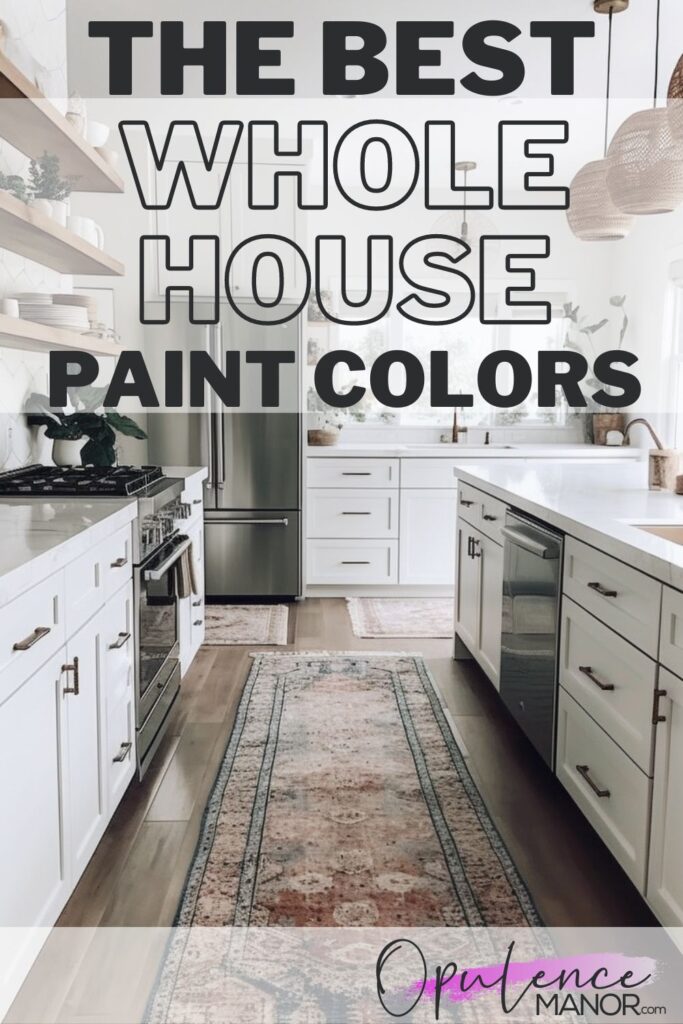
Here are some popular whole house paint colors that have stood the test of time:
- Agreeable Gray: A versatile and warm gray color that works well in a variety of spaces. Its neutral undertones make it an excellent choice for creating a cohesive look throughout your home.
- Accessible Beige: A soft and inviting beige shade that adds warmth to any room. This color pairs well with both traditional and modern design elements.
- Revere Pewter: A timeless and popular greige (gray-beige) color that complements a wide range of styles. It offers a perfect balance between warm and cool tones.
Neutral Paint Colors That Are Great Choices
When it comes to whole-house paint colors, neutrals are a safe and timeless option. Here are a few neutral colors that work exceptionally well:
- Alabaster: A crisp and clean white with a hint of warmth. It creates a fresh and open feel, making it suitable for any room.
- Balanced Beige: A soft and balanced beige shade that brings warmth and depth to your space. It pairs beautifully with various accent colors and textures.
- Classic Gray: A light and airy gray color that adds a touch of sophistication to your home. It works well as a primary color or as a complement to other bolder shades.
Best Whole House White Paint Color(s) For A Whole House Color Scheme
When it comes to selecting the best whole house paint colors, you can never go wrong with white paints. Here are five popular white paint choices that can work well for a cohesive and versatile whole house color scheme:
- Alabaster by Sherwin-Williams: Alabaster is a warm white with subtle undertones of cream and beige. It offers a soft and inviting appearance that works well in both traditional and modern settings. This versatile shade complements various color schemes and can create a timeless and elegant atmosphere throughout your home.
- Decorator’s White by Benjamin Moore: Decorator’s White is a classic, pure white that provides a clean and crisp look. It has a neutral undertone, making it suitable for any style or design aesthetic. This white shade is an excellent choice if you want a bright and airy feel in your home and want to let other elements, such as artwork or furniture, take center stage.
- Greek Villa By Sherwin Williams: Greek Villa is a warm white shade with undertones of cream and beige. Its timeless elegance, adaptability to different lighting conditions, and ability to complement various color schemes make it a fantastic choice for a whole house paint. It provides a neutral backdrop that effortlessly blends with different design styles, ensuring a cohesive and visually pleasing look throughout your home.
- Chantilly Lace by Benjamin Moore: Chantilly Lace is a cool-toned white with a slight blue undertone. This shade creates a fresh and modern appearance and works well in contemporary or minimalist interiors. Its clean and bright nature makes it an excellent choice for creating a sense of openness and spaciousness throughout your home.
- Pure White by Sherwin-Williams: Pure White is a versatile white paint with a slight gray undertone. It offers a soft and serene look, making it suitable for a range of interior styles. Whether you have traditional, transitional, or modern decor, Pure White can provide a beautiful backdrop that allows other design elements to shine.
- Dove White by Benjamin Moore: Dove White is a warm white with a subtle hint of gray. It creates a soft and inviting atmosphere without appearing too stark. This shade works well in homes with traditional or farmhouse-inspired decor, adding a touch of warmth and character to your spaces.
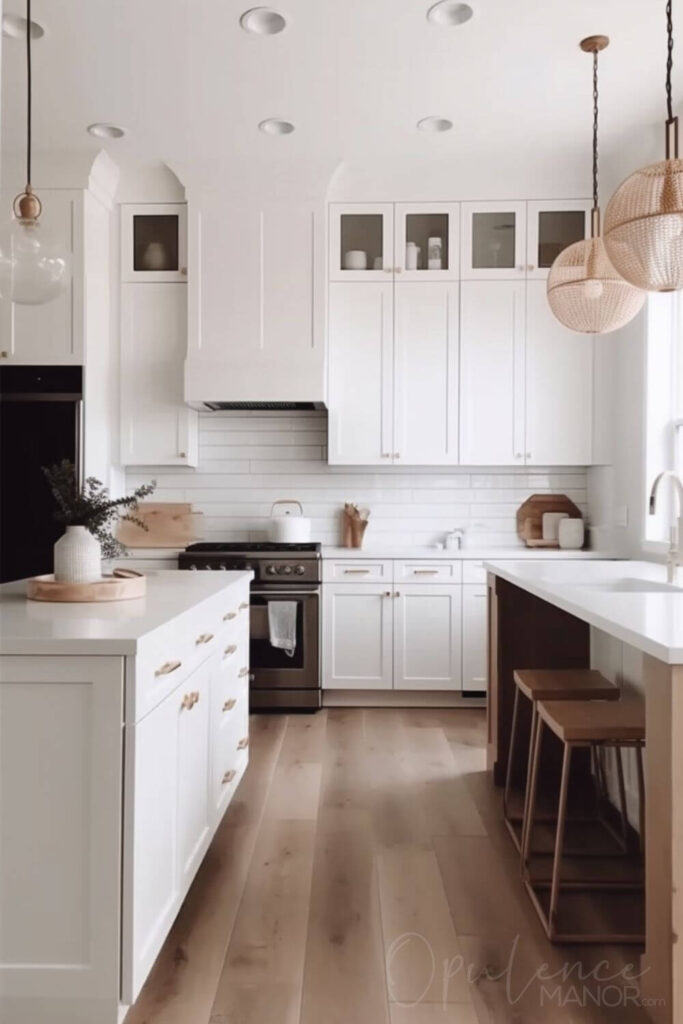
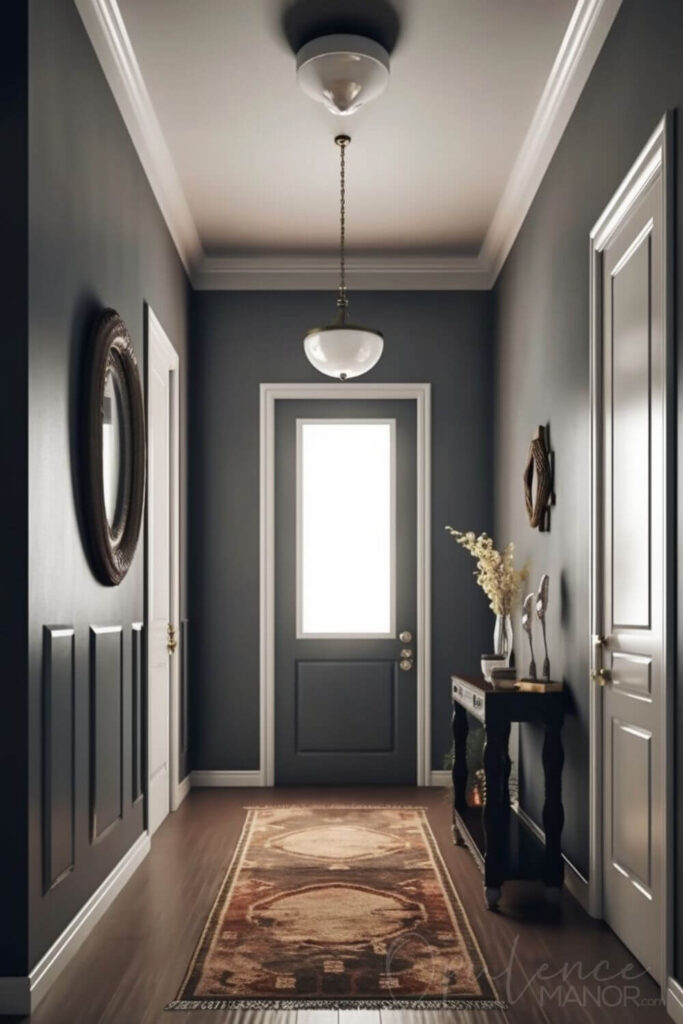
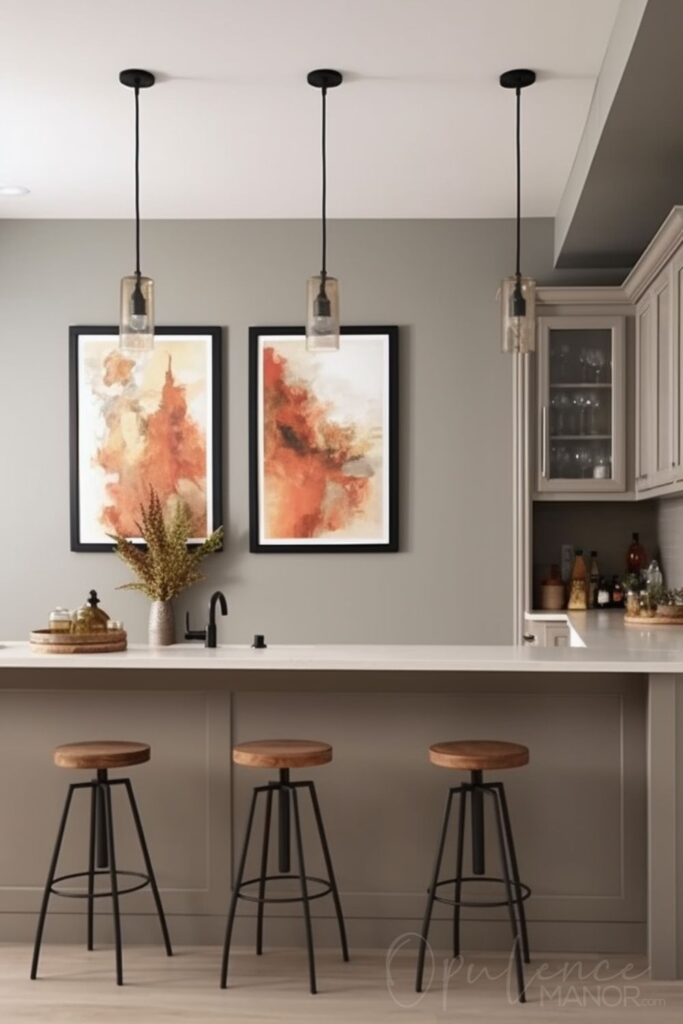
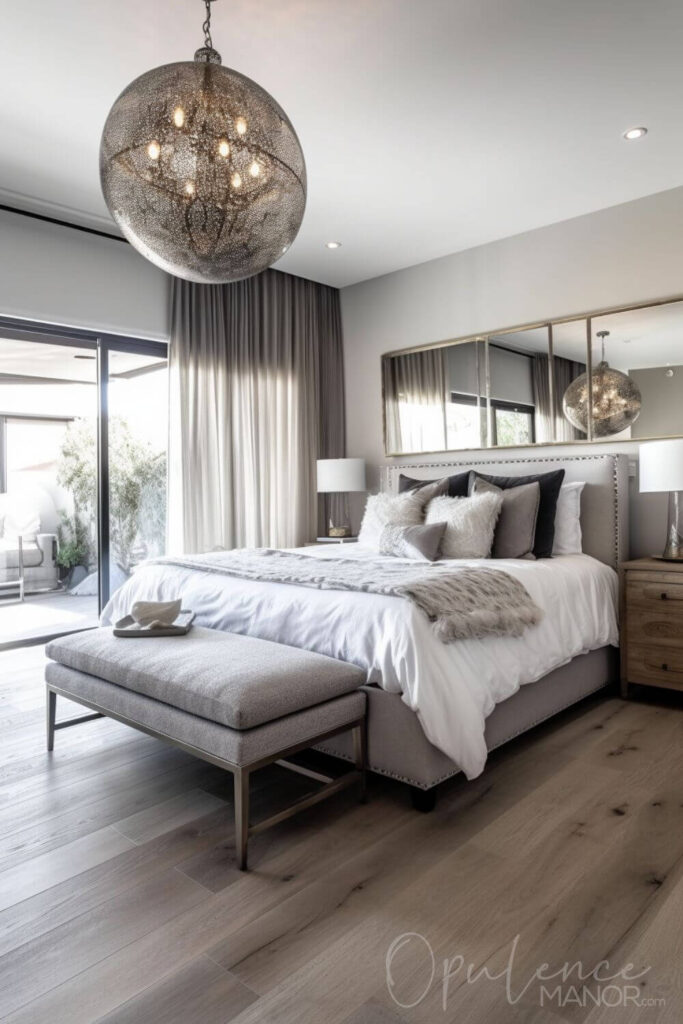
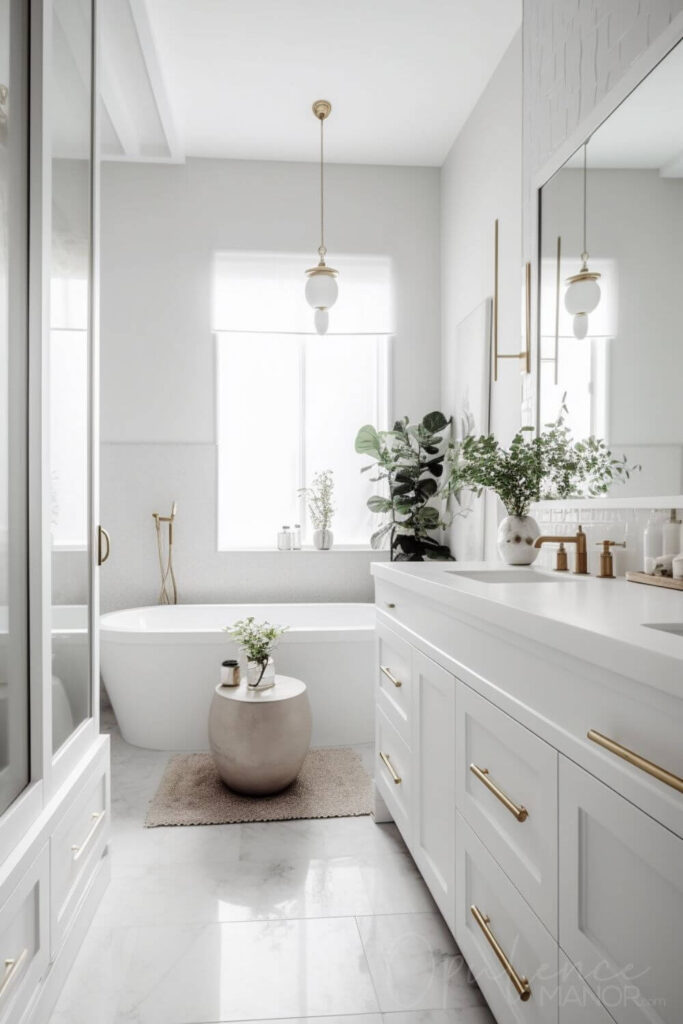
Take the time to sample paints. What you’ve seen is simply not going to look the same in your space. Test your colors before committing.
Samplize is on of the easiest ways to make sure that you get the colors that you are looking for.
Last But Not Least
Selecting whole-house paint colors requires careful consideration and planning to achieve a cohesive and visually appealing result. By understanding your vision, creating a unified color palette, considering lighting and room size, drawing inspiration from existing elements, testing colors, and seeking professional advice if needed, you can confidently transform your home into a personalized oasis. Enjoy the process of exploring different colors and create a space that reflects your unique style and enhances your everyday living experience.
Remember, choosing paint colors is an opportunity to infuse your home with personality and create a welcoming environment for you and your loved ones. Happy painting!

